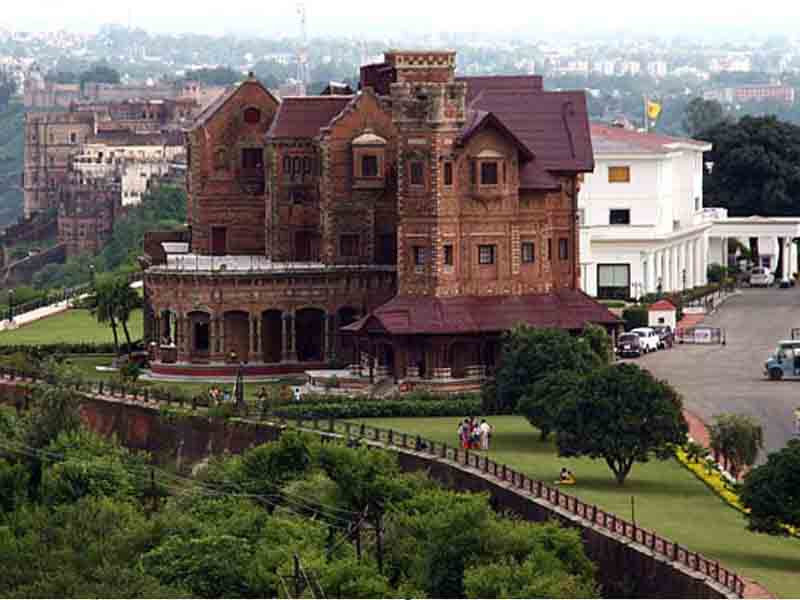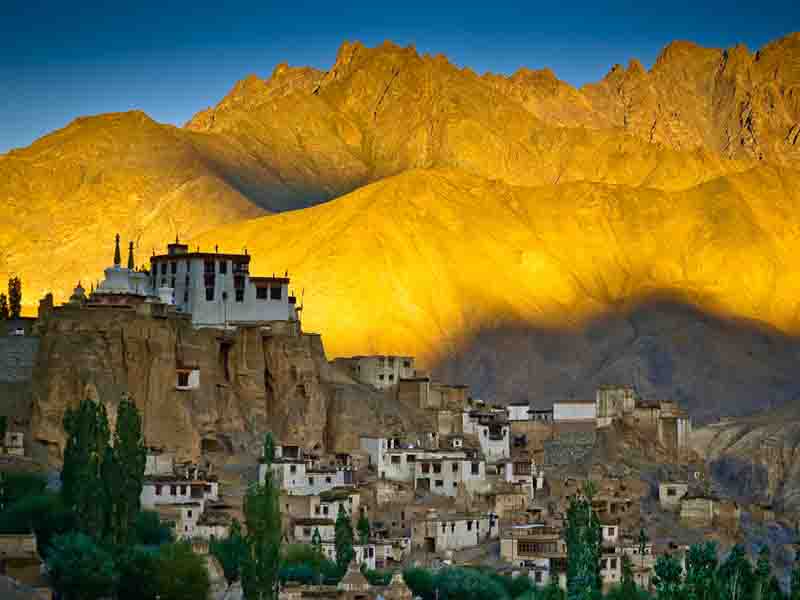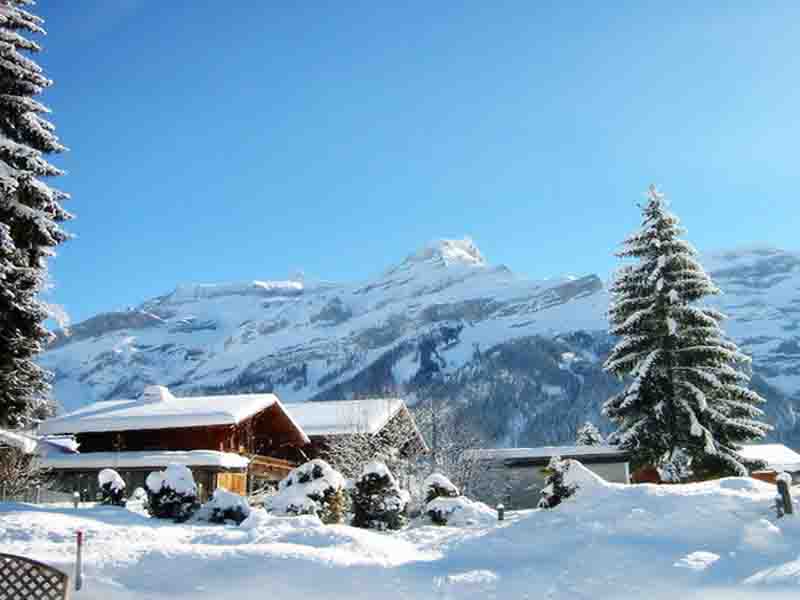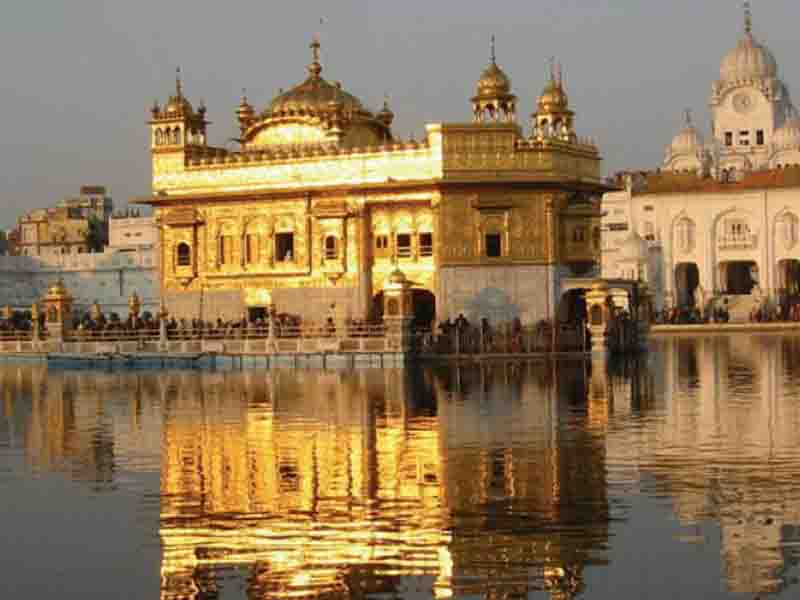Jammu Tour
Amar Mahal,Jammu
This museum is housed in the Amar Mahal Palace, built in 1862 in a unique, French-chateau style of architecture. Located atop a hill overlooking the Tawi river, 4 rooms of the palace have been converted into art galleries and historic museums, depicting the royal history of Jammu. The star of this museum is the golden throne of Jammu, weighing a whopping 120 kgs, all pure gold. The art collection here is also quite impressive, with paintings of M F Hussain and Laxman Pai on display, among other famous Indian contemporary painters. Another interesting aspect is the Pahari Paintings displayed here, depicting tales from the Mahabharata and other folklore, especially those of Nal Damyanti. The museum also organises heritage walks around the complex to give detailed insights into the history of Jammu and surrounding cities..

Bahu Fort
Situated 5 kms away from the city centre, Bahu Fort stands on a rock face on the left bank of the river Tawi. Perhaps the oldest fort and edifice in the city, it was constructed originally by Raja Bahulochan over 3,000 years ago. The existing fort was more recently improved upon and extended by the Dogra rulers. Inside, there is a temple dedicated to the Hindu goddess Kali. An extensive terraced garden, known as Bagh-e-Bahu, has been developed around the fort. The fort, along with the Bahu temple, commands a panoramic view of the Jammu city. On the bypass road, behind the Bahu fort, the city forest surrounds the ancient Maha Maya Temple overlooking the River Tawi. A small garden surrounded by acres of woods furnishes a populated destination for tourists.The subcontinent's largest underground aquarium in Jammu's Bagh-I-Bahu area is drawing a large number of tourists ever since it was opened to the public.Besides students, the aquarium has become a centre of attraction for tourists, giving them an opportunity to revel in the exotic aquatic world. The aquarium has attracted large number of tourists visiting the State.
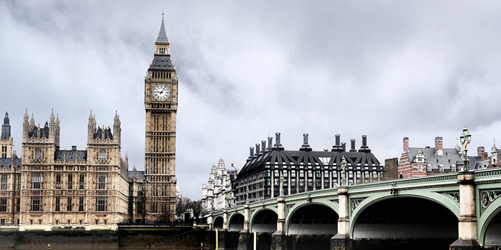
PURMANDAL
"Purmandal" is a holy place located in Jammu District, Jammu and Kashmir. It is about 30 km to the east of Jammu. It is also referred as 'Chhota Kashi'. Purmandal is situated on the banks of the Devika River, was an ancient center of trade and learning.The prime attraction is the Purmandal Temple which is dedicated to 'Umapati' (Goddess Parvati). There are a number of temples built on rocks dedicated to Lord Shiva which presents an imposing sight. The significance of these temples and dharamshalas lies in the frescoes on their walls.

JAJJAR KOTLI
Jhajjar Kotli is a famous picnic spot and tourist complex in the state of jammu and Kashmir built on the banks of the rivulet named Jujjar and approx 27 km from jammu on the national highway that leads toward the city of Srinagar. The main attraction of this beautiful tourist place is the clear and refreshing cool water of Jujjar. and its surrounding natural beauty. This place is wholly owned by the Jammu and Kashmir Tourism Development Corporation. To facilitate the tourists there is a wonderful tourist bungalow in Jhajjar Kotli maintained by the department of tourism. The Jhajjar Kotli tourist complex receives a large number of tourist and visitors during the summer months.

BABA DHANSAR
65 Kms from Jammu, on way to Salal Dam, Baba Dhansar is a beautiful and cool picnic spot. Here, a huge spring gushes out of the mountain side in a thick grove of trees and forms a number of small cascading water-falls before ultimately flowing into the Holy rivulet that merges with the Chenab River. Next to the spring in a small grove in the rock face is a naturally formed Shivling on which droplets of water fall at a constant pace all the year round. A big fair is held here during Shivratri. For the facility of the yatris visiting the place, the Shrine Board has carried out some developments including the construction of a Dharamshalla.

MANSAR LAKE
The Mansar lake near Jammu city is one of the most famous adventure tourism destinations in India. Mansrover, is also called as Mansar. The Mansar lake is about 20 km from National Highway No. 1A. Road to Mansar Lake starts from just near Samba on National Highway No. 1A. The shortcut road from Mansrover or Samba to Udhampur by-pass the Jammu town. Mansar lake, with its length more than a mile and width half-a-mile, is a very attractive lake in the midst of lusting greeneries surrounded by forest-covered hills. It is considered as a very holy site known from mythological periods sharing the sanctity and legacy of Mansa Sarovar. It is a very popular base of tourists. A temple for a snake god, Sheshnag, is located on the banks of lake. It is believed that it is auspicious for newly wed couples to seek blessings of Sheshnag by performing three parikarma around the lake.

RAGHUNATH TEMPLE
Raghunath Temple, with seven shrines each with its own `Shikhara`, (shikhara, a Sanskrit word translating literally to `mountain peak`, refers to the rising tower in the Hindu temple architecture in north India) is one of the largest temple complexes of north India, located in Jammu city. Maharaja Gulab Singh and his son Maharaj Ranbir Singh built the temple, during the period of 1853-1860. The temple has many gods enshrined, but the presiding deity is Lord Ram, an `avatar` (incarnation) of Lord Vishnu.Glimpses of Mughal masonry can be visualised in the architectural splendor of Raghunath Temple. The carvings and arches being extraordinarily resplendent, grabs everyone`s attention. There is a library in the temple complex, housing rare Sanskrit books and manuscripts. People visit this temple in large numbers to pay their homage to the deity and seek blessings from the Lord.

RANBIRESHWAR TEMPLE
The biggest Shiva temple in north India, Ranbireshwar Temple is one of the prime attractions in the picturesque Jammu city. It is a very ancient shrine, located in Shalimar Road near the New Secretariat. Maharaja Ranbir Singh built it in 1883, dedicated to Lord Shiva.The temple has a central `lingam` measuring 8-feet in height, constructed out of black stone, is the biggest in India. It was under the built of the Dogra rulers; also enshrining 12 shivlings in crystal, measuring 15cm to 38cm. Galleries with 1.25 lakh `bona lingam` brought from Narmada River, can be witnessed on stone slabs inside the temple. There are also mammoth images of Ganesha, Kartikeya and Nandi Bull.

MAHAMAYA TEMPLE
Mahamaya Temple is an important site dedicated to a local female freedom fighter, Mahamaya, belonging to the Dogra community. According to historians, about 14 centuries ago, Mahamaya sacrificed her life to save the region from the clutches of foreign invaders. This site is situated on the banks of the Tawi River, where from, tourists can easily sight the Bahu Fort.According to popular legend, about fourteen centuries ago, she opposed the foreign attackers and valiantly confronted them. People honor her sacrifice and eulogize her to this day. Her courageous resistance is now a part of the glorious myth of Jammu. And hence not surprisingly an entire temple is dedicated in her honor. Mahamaya Temple in Jammu is one such temple which is flocked by devotees who come to offer their prayers..

CHICHI MATA
It is situated near Samba and is popularly known as Pehla Darshan of Vaishno Devi pilgrims. One of the prominent religious sites of Jammu and Kashmir, Chichi Mata is generally believed to be the gateway to the temple of Vaishno Devi. Commonly said to be the Pehla Darshan of the pilgrims of Vaishno Devi, Chichi Mata commands an important position in the religious ancestry of the state.A prominent itinerary of the Jammu and Kashmir pilgrim tourism, Chichi Mata draws numerous devotees from far and wide. The visit to the holy shrine of Vaishno Devi is incomplete without the visit to the famous religious monument ofChichi Mata. Thronged by ardent pilgrims of the Hindu religion, Chichi Mata temple authorities observes strict religious rituals as per the traditional customs.One must visit the holy shrine of Chichi Mata on his or her way to Vaishno Devi temple. Devoted to Goddess Vaishno Devi, the well known religious site of Vaishno Devi temple attracts several tourists who make it a point to pay a visit to the divine shrine of Chichi Mata.

MUBARAK MANDI PALACE
Built over a span of 150 years, this royal building served as a massive palace for rulers of the Dogra dynasty. It was infact the main seat of the kingdom until 1925, after which Raja Hari Singh moved the royal seat to Hari Niwas Palace in Northern Jammu. Prone to earthquakes and fires, parts of this building, like the Gol Ghar, lie now in ruins, adding to the palace's old world charm.The Pink Hall inside the palace has now been converted to a museum that holds several miniature paintings and emperor Shah Jahan's golden bow and arrow, among other interesting things. The architecture of the palace is borrowed from European Baroque, Mughal and Rajasthani styles, bringing forth a unique blend of different cultures, that adds a distinct character to both the palace and Jammu.


